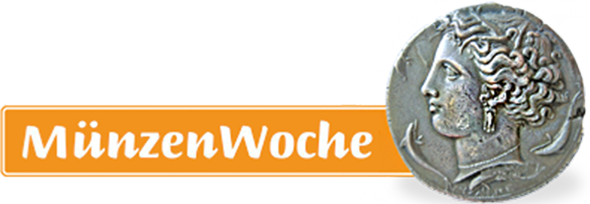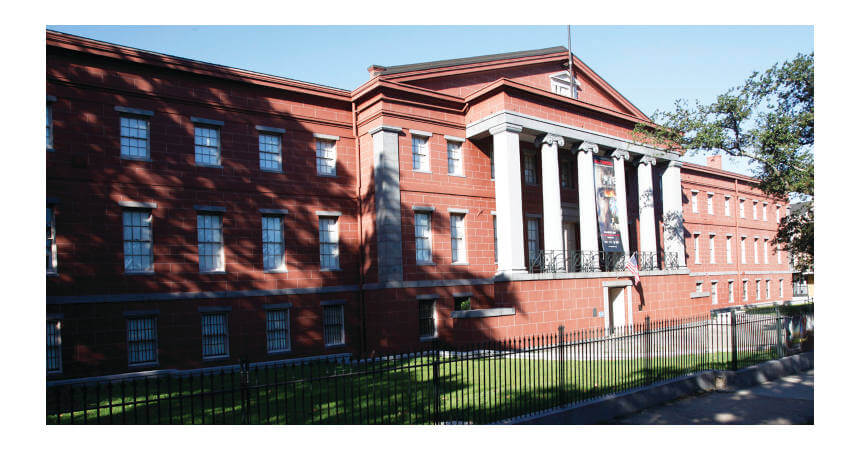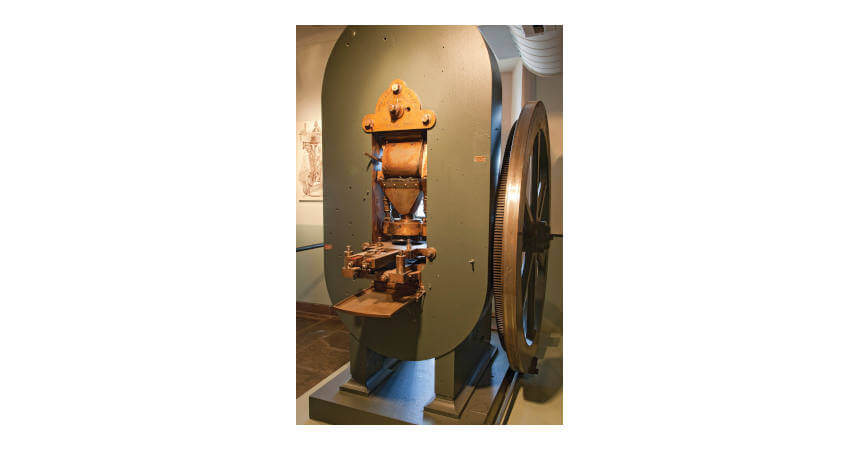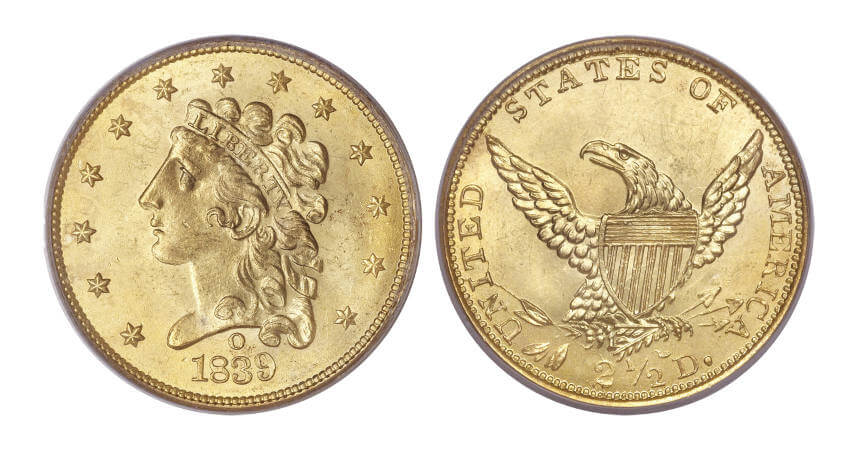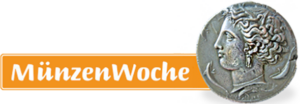New Orleans Mint Museum
Wenn es kein Logo gibt, wird diese Spalte einfach leer gelassen. Das Bild oben bitte löschen.
(Dieser Text wird nicht dargestellt.)
400 Esplanade Avenue
New Orleans
LA 70116
Tel: +1 (504) 568-6968
The United States Mint at New Orleans, built in 1835 on the site of Fort St. Charles, is currently the oldest surviving structure to have served as a U.S. Mint. It also holds the distinction of being the only mint to have produced both American and Confederate coinage. The first coins were minted, starting in 1838, and when Louisiana seceded from the Union in 1861, it then struck coins for the Confederacy and also housed Confederate troops. After the Civil War, the Mint resumed full operations by 1879 and was the only southern mint to reopen after the war. In 1909, minting ceased and the building was used for a number of official purposes until it was transferred to the state in 1966. In 1981, the Mint was opened to the public as a state museum site. Damaged by Hurricane Katrina in 2005 and after over two years of closure for repairs and renovation, the Museum reopened in October 2007.
Numismatic Heritage
As a branch mint of the United States Mint, the New Orleans Mint has an outstanding numismatic heritage with some designs having very short runs-as little as one or two years. Some of the more notable coins struck at the New Orleans Mint are:
- 1838-O Three-cent silver. This was the only year a silver three-cent coin was struck by a branch mint and was also the smallest denomination silver coin.
- 1838-O and 1839-O 50-cent silver capped bust and quarter eagle gold. These were the only two years the „O“ mint mark appeared on the obverse- also the first time in American numismatic history that mintmarks appeared on the obverse. Starting with 1840, mintmarks generally were on the reverse, with the exception of the Lincoln cents beginning 1909 until 1968.
- 1854-O $3-gold. This is the only year the $3-gold piece was struck at the New Orleans Mint.
The Mint Museum has a number of interesting exhibits which include coins, machinery, documents, and relics relating to the daily operations of the coining department. A number of coins on display are on loan from the Federal Reserve Bank of Atlanta and a few local collectors.
The Eureka Bar
On display is the „Eureka Bar“-the heaviest known gold bar from the days of the California Gold Rush. It is made of 0.903 fine gold, weighing 933.94 ounces (about 80 lbs). The Eureka Bar, lost in the 1857 shipwreck of the S.S. Central America about 160 miles off the coast of Charleston, South Carolina, was discovered in 1987.
Counterfeits
There is a section devoted to counterfeit coins. The highlight is an 1857 counterfeiting device used to produce phony half dollars. A small coin press thought to have been sold by the Mint and later owned by the Mardi Gras doubloon maker Alvin Sharp, is on display.
In 1975, the New Orleans Mint was designated a National Historic Landmark by the National Park Service U.S. Department of the Interior. The plaque reads: This site possesses national significance in commemorating the history of the United States of America.
This text was written by Howard M. Berlin and first published in his book Numismatourist in 2014.
You can order his numismatic guidebook at Amazon.





